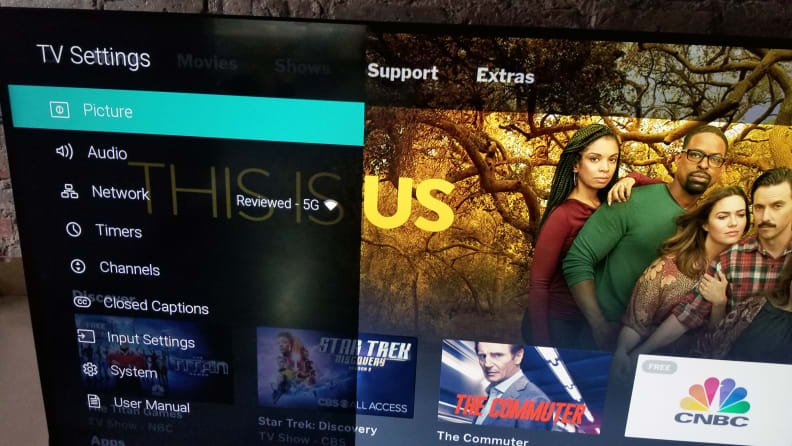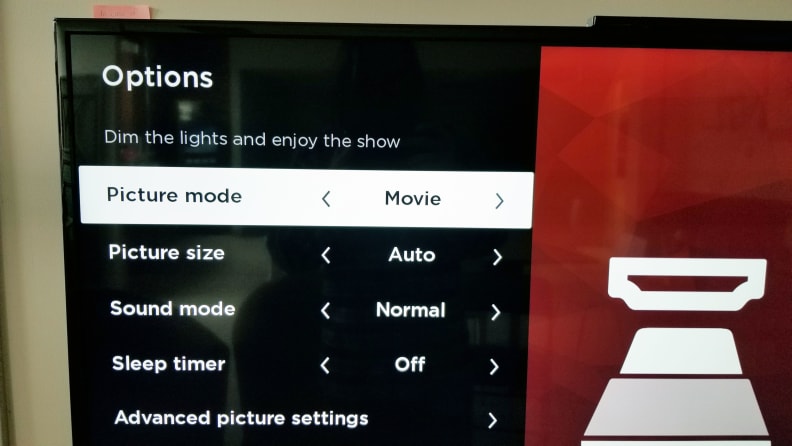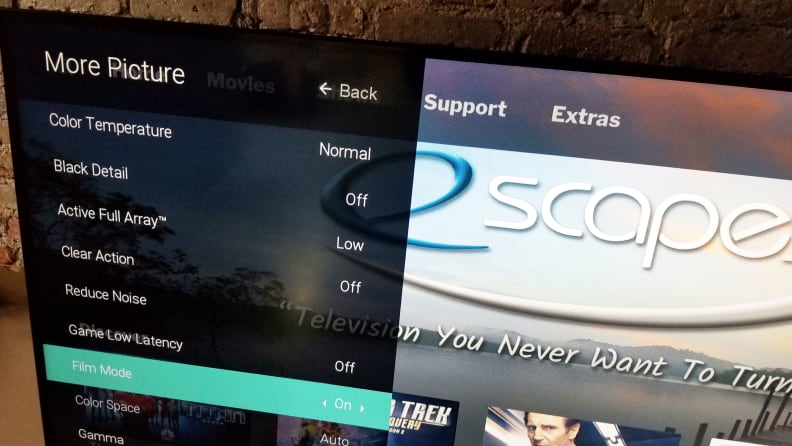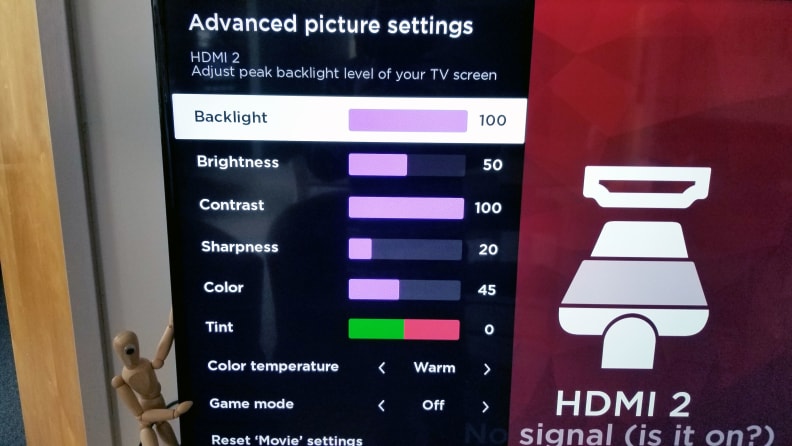Don't make this mistake with your TV during football season
Here's how to make the game look best
 Credit:
Reviewed
Credit:
Reviewed
Products are chosen independently by our editors. Purchases made through our links may earn us a commission.
If you love watching football, you already know that watching it on a TV screen—as opposed to a laptop or smartphone—is the way to go for the best experience. Especially if you're gathering up friends or family, watching the game is just better on a really big TV.
But it's not going to be as good as it can be when your TV isn't set up properly: wonky picture settings are actually easier to spot on a super-sized screen. Fortunately, there are picture settings you can turn on to ensure your TV looks its best, and you don't need to be a TV nerd to set them up.
Here's what to turn on (and off) to get the most out of every quarter.
Step 1: Find your Picture Settings menu

Before you can fiddle with anything, you'll have to know your way around your TV menu a little bit. Luckily, it's almost identical on most TVs: Press the Menu or Settings button on your remote, which will usually bring up the full suite of menu subdirectories (menus in the menu, if you will).
Find your full Picture Settings menu. It'll be in a list with things like Audio and Network (as shown above). Here, you should see controls for things like Backlight, Color, Contrast, Advanced Settings, Motion, and so on. The more high-end/fancy your TV is, the more options you'll have to work with.
Step 2: Change to Movie/Cinema mode

This isn't just good advice for setting up your TV for football, it's good advice in general. Almost every TV (from known brands, anyway) comes with a series of different picture presets or modes. You'll usually see options like Standard, Energy Saver, Vivid, and Movie. You'll sometimes also have options for Dynamic or Cinema, Expert, or even Sports on some older models.
There's a good chance you haven't been using Movie mode, and it may look dimmer/less sharp at first. This is because Movie mode is a set of picture settings meant to look the most like a properly calibrated TV, so it usually turns things like artificial sharpness, motion smoothing, and unnecessary noise reduction down or completely off.
The reason to start from Movie mode is that it gives you a blank slate. If the TV isn't as bright as you want, just turn up the Backlight setting.
Step 3: Adjust motion settings

Once you're in Movie mode, all of your TV's extra processing and settings should be more or less switched to their neutral/cinematic presets. From here, you can tune the TV to make it respond better to the fast pace of football.
And what's the most important thing for sports? Motion.
You can adjust your TV's motion settings (known in the biz as Motion Enhancement/Motion Compensation, or MEMC) somewhere in your picture menu, usually under an "Advanced Settings" sub-menu. Most TVs will have two motion menus: One for "Film mode" which won't affect your viewing of the Super Bowl, and one for various motion presets.
Usually you don't want these settings on for most TV and movie/film content, as it creates the dreaded "soap-opera effect." But for a lot of sports, they really up the realism factor. Unfortunately, unless you want to bring your TV to our lab in Cambridge, you're going to have to do some tinkering yourself.
If you can turn on some football right now and watch while you're messing with this mode, that's the best way to find a motion preset you enjoy. You may find you don't think any of the presets improve upon the flow of the action, but if you find one that looks more natural, it'll still look good for football.
Step 4: Experiment

If your TV is in Movie mode, is as bright as you want it, and has its motion set up properly, you're pretty much good to go for the Super Bowl. However, that doesn't mean you can't continue tweaking settings if there's something you don't like. Here's a rundown of some of the most common settings so you can fine-tune with ease:
• Backlight: This adjusts the overall brightness of your TV. It doesn't affect picture settings like color, shadow darkness, or sharpness, so feel free to mess with it.
• Brightness: This setting adjusts how dark shadowy parts of the screen are. Once you're in Movie mode, don't touch it.
• Contrast: This setting adjusts which parts of the screen are brightest. Again, better not to touch it.
• Sharpness: This setting affects how much lines around/between objects are generalized. Usually it's fine to leave at "0," but you can turn it up some if anyone feels like the picture looks blurry.
• Color: This affects how colorful the TV is. If you turn it all the way down, most TVs will look totally black-and-white. Don't mess with this one either (unless you want a retro vibe).
• Game Mode: Many (but not all) TVs have a Game Mode setting. This is to optimize the picture for video games. This shouldn't be on while you're watching sports, usually.
... wait, I don't even have a TV!
Oh you sweet summer child. If you don't even have a TV to set up properly for football, fear not. Here's a bunch of great pre-game deals on our favorite TVs.
